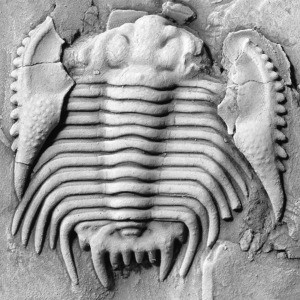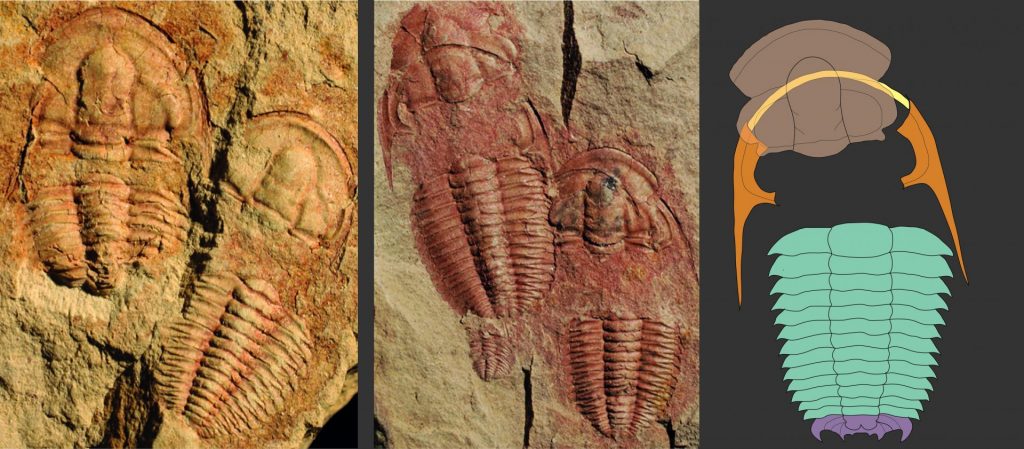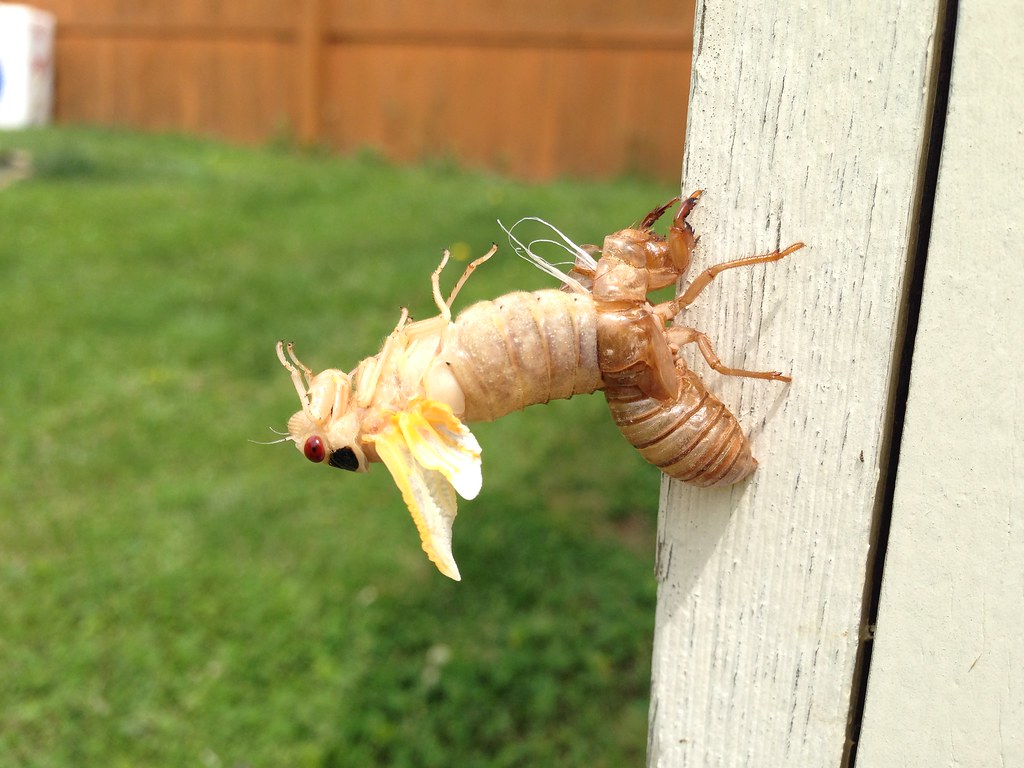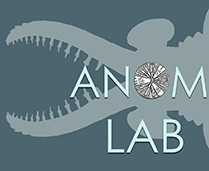Research Overview
All metazoans start their lives as a single egg cell and during subsequent development they grow and became increasingly complex until they reach adulthood. It is therefore important to study metazoan development in order to understand their morphology and biology. This is also crucial for our understanding of the biogeographic and temporal distribution of metazoans, and knowledge of their development can be useful in illuminating the relationships of different groups. We focus on arthropods, the most abundant and diverse animal group extant or extinct, to determine how their development has influenced their evolution. In particular, our research focuses on the evolution of arthropod exoskeleton moulting using an interdisciplinary approach.

Arthropods have a tough exoskeleton that provides protection from attack and damage, but also must be periodically shed – or moulted – and replaced by a new, larger exoskeleton in order to grow and develop. This process is risky, but it has not seemed to deter the evolutionary success of the arthropods, which are the most abundant and diverse phylum of animals of the planet. In the ANOM Lab, we have been examining the fossil record of moulting for years, employing quantitative approaches to identify evolutionary trends in geological time, and using exceptionally preserved fossils to reveal biological details of the moulting process in long-extinct arthropods.

Owing to funding from an SNF Sinergia grant, our paleontological focus on arthropod moulting will be combined with morphological, molecular and genomic data from living arthropods in order to understand how the process of moulting shaped the evolutionary history of this important animal phylum. This research is being undertaken with two labs in the Department of Ecology and Evolution at the University of Lausanne, and the Department of Ecology, Evolution & Behavior at the Hebrew University in Jerusalem.

Key Publications
- Drage, H.B., Vandenbroucke, T.R.A., Van Roy, P. & Daley, A.C. 2019. Sequence of post-moult exoskeleton hardening preserved in a trilobite mass moult assemblage from the Lower Ordovician Fezouata Konservat-Lagerstatte, Morocco. Acta Palaeontologica Polonica64, 261-273.
- Fu, D., Ortega-Hernández, J., Daley, A., Zhang, X. & Shu, D. 2018. Anamorphic development and extended parental care in a 520 million-year-old stem-group euarthropod from China. BMC Evolutionary Biology 18, 147.
- Drage, H.B., Holmes, J.D., García-Bellido, D.C. & Daley, A.C. 2018. An exceptional record of Cambrian trilobite moulting behaviour preserved in the Emu Bay Shale, South Australia. Lethaia51, 473-492.
- Drage, H.B., Laibl, L. & Budil, P. 2018. Postembryonic development of Dalmanitina, and the evolution of facial suture fusion in Phacopina. Paleobiology 44, 638–659.
- Laibl, L., Cederström, P. & Ahlberg, P. 2018. Early post-embryonic development in Ellipsostrenua (Trilobita, Cambrian, Sweden) and the developmental patterns in Ellipsocephaloidea. Journal of Paleontology 92, 1018–1027.
- Laibl, L., Esteve, J. & Fatka, O. 2017. Giant postembryonic stages of Hydrocephalus and Eccaparadoxides and the origin of lecithotrophy in Cambrian trilobites. Palaeogeography, Palaeoclimatology, Palaeoecology 470, 109-115.
- Drage, H.B. & Daley, A.C. 2016. Recognising moulting behaviour in trilobites by examining morphology, development and preservation: comment on Blazejowski et al. 2015. BioEssays 38, 981-990.
- Daley, A.C. & Drage, H.B. 2016. The fossil record of ecdysis, and trends in the moulting behaviour of trilobites. Arthropod Structure & Development 45, 71-96.
